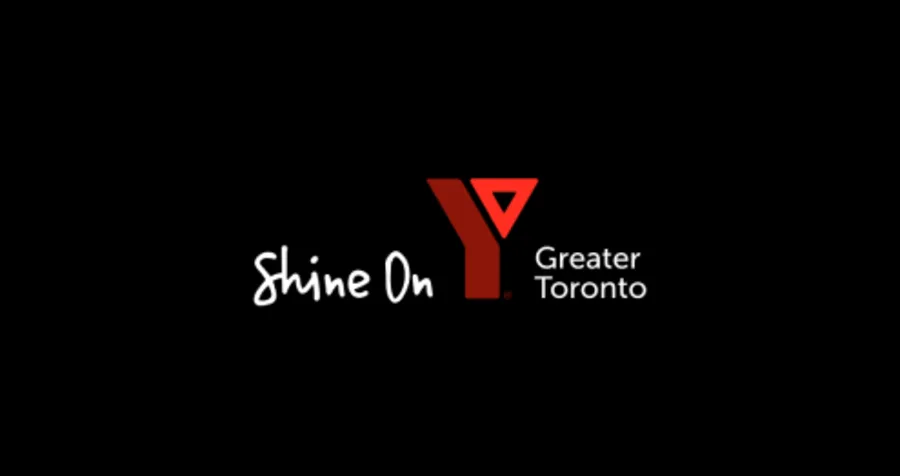Week 3 and 4: Ile de Goree, Ancient Ocean Beds and Little Differences.

The last two weeks have been jam packed with working on the project, running training sessions and editing . With only one week left my visit nears its end but there is lots to do! During the last two weeks I managed to squeeze in a few tourist excursions on the weekends and walk around and explore my neighborhood.
Ile de Goree
Ile de Goree is situated just off the coast of Dakar. It took just about an hour to get there from where I live by taxi and ferry. The ferry was jam packed as it is both a popular tourist destination and provides a respite for locals from the hustle and bustle of Dakar.
The island itself however has a tragic past and today serves as a symbol for the Atlantic slave trade. As I entered the Maison des Esclaves (Slave House) our guide explains that in many times a child would be exchanged for a comb and an adult as little as a barrel of alcohol. The Maison Des Esclaves was not the only one in Africa nor may have it been the most important (disputed by historians) but it has come to represent the tragedy be felled on the continent and today still serves as a potent symbol to the atrocities committed. The door below is called the door of no return and is where slaves were forced to board ships on their way to the Americas.
Ile de Goree was of strategic importance for colonists. The first to take over the island were the Portugese who established a small fort but where then quickly ousted by the Dutch. The British came next and ousted the Dutch and later traded Ile De Goree to France for present day Gambia. There are 4 abandoned forts on the island for each nation and a unique architectural style left behind by each occupant. Each colour building represents a different nation.
In modern day the island itself is beautiful and is a hotspot for artists and culture, everywhere you can see artists perfecting their trade. What is fascinating is that lots of the art created was made with recycled materials creating abstract however oddly familiar household items such as spoons, rakes or old cell phones.
Another great example of resourcefulness expressed by the artists sand art below was created by taking sand from all over Senegal and sun baking till the glue was dry. See below.
Talking about Sand! As my pictures have shown there is a lot of Sand in Dakar , and for good reason. When one walks around town you are bound to stumble upon evidence of an ancient ocean bed, all one has to do is look down!
Thats right , you can sea shells every now and then around most towns from Dakar to Thies or Kaolack. Some public buildings use the seashells to fill their courtyards with seashells! The outlines of ancient riverbeds also adorn the landscape a stark reminder of desertification and the extended dry season that has driven many to migrate into large cities. A peculiar issue that buildings here face is that the high salt content of the ancient sandy ocean bed erodes any paint which leads to many buildings having the below marks. This problem is not unique to Senegal, according to the U.N. over 2/3rds of Africa is classified as either desert or dry lands.. In fact given the continental scope of this issue there are plans in action for the Great Green Wall of Africa, a stretch of planted trees that would stretch all the way across the content stopping the spread of the Sahara desert.
Another environmental issue Senegal faces is paradoxically the advance of the ocean. As Ocean levels rise and spread more salt into the inland via tides less land is able to be cultivated for agriculture. The YMCA of Senegal is doing great work in the southern region of Senegal by planting mangroves to prevent the tide spread.
Often times my blog posts focus on big socio-economic or historical issues, I'd like to take the moment to reflect on some of the little differences during my time here in Dakar!
1. Bagged water.
If you are looking for something to quench your thirst you go to the local corner store and get a bagged water. But its not all that strange, after all Canada is one of the only countries in the world with bagged milk.
2. Carapit
The word comes from French, Car Rapide or Fast Car. It is a very economic form of transport however with a very ironic name as my Senegalese co-workers tell me it is the slowest form of getting around!
3. Communal eating
Being a city on the coast. Many of Dakar's dishes consist of grilled or cooked fish. Usually food is served communally.
4. Haggling
It takes time to getting used to haggling, but after being fleeced a few times you get the hang of it. Remember as you walk away from a deal people tend to remember to give you the local price.
I hope you enjoy the blog posts as much as I do writing them. With only one week left there is a lot of work to do before going home. This weekend I will try and squeeze in a visit the African Renaissance monument and explore downtown Dakar.
Until next time!!
Pablo
Week 2 – Understanding Perceptions and Demographics
Week 3 & 4 – Ile-de-Goree ancient ocean beds and the little differences/
Week 5 – The final days of journey










